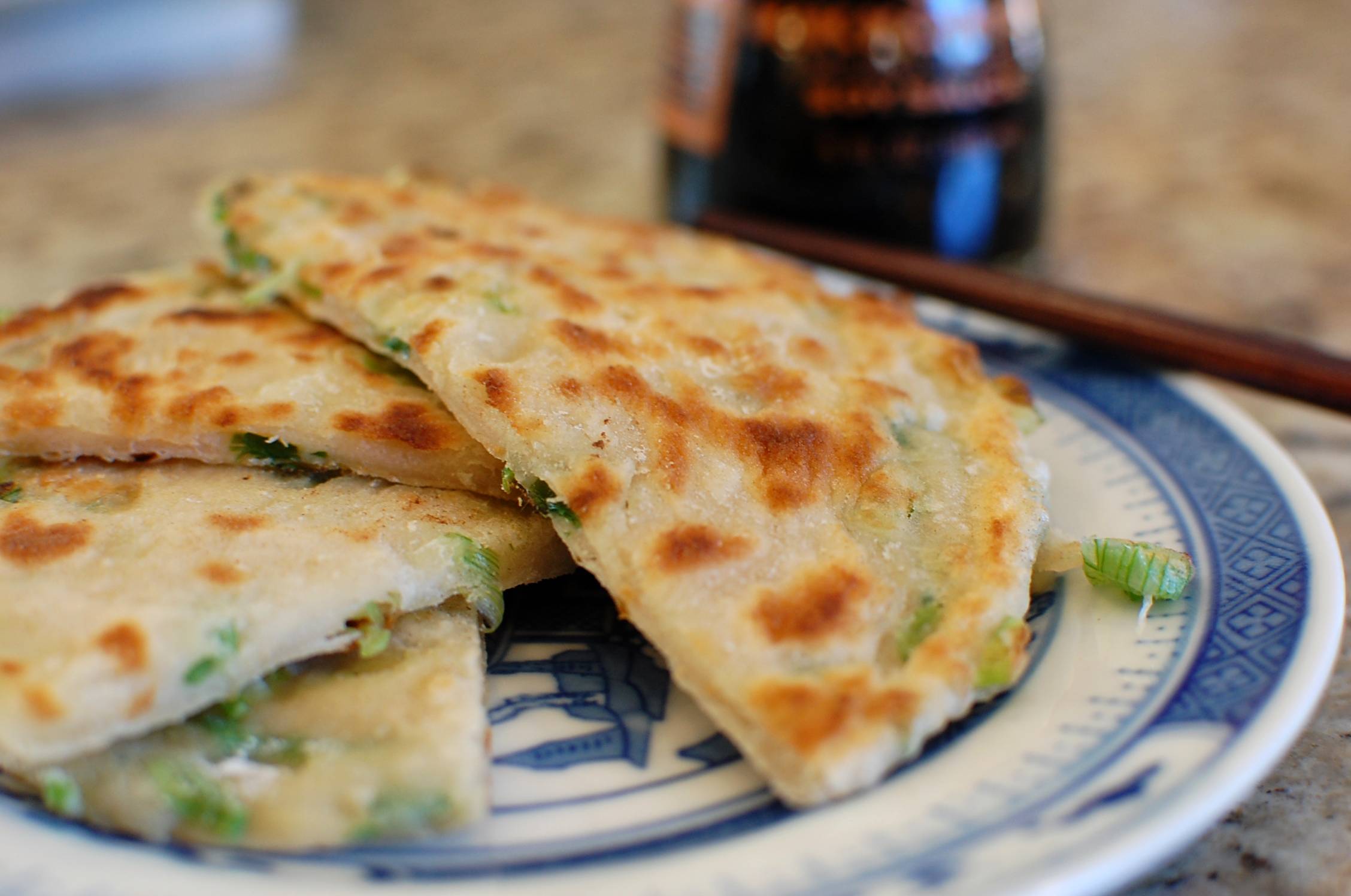Master Wong has really grown on me over time.... I kinda like the guy....
Yeah, Wong is really entertaining, and he has some good ideas. And what you've been saying about karate and WC is worth considering. My WC is very different than the Shotokan taught down the street. But IMO there is absolutely a bridge between WC and old Okinawan Karate going all the way back to Yong Chun Bai He. And when taken to a very high level there are similarities. But don't tell anybody I said this. It's not a popular idea in many circles.
....Oh wait. This is a public forum. Well, now I've stepped in it.



 Do you do any thing other than find fault
Do you do any thing other than find fault

